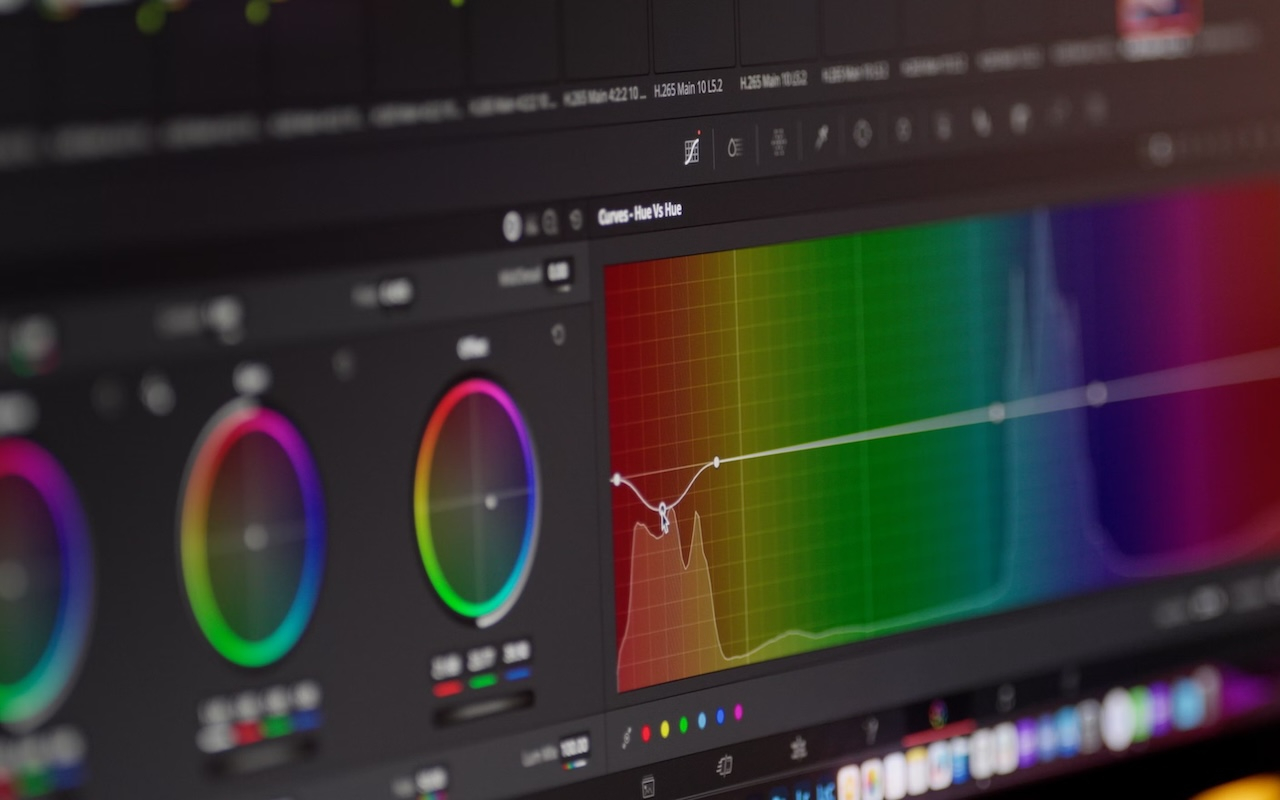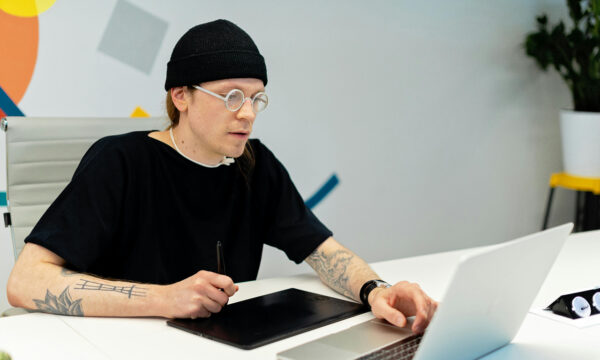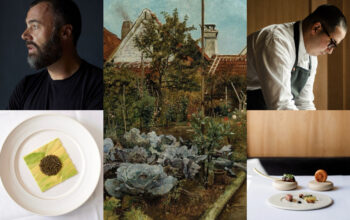The art and science of enhancing images with simple edits

Improving photos does not have to be complicated or require expensive tools. With a few simple edits, images can be made to look sharper, brighter, and more appealing.
Whether sharing pictures online, creating content for work, or preserving memories, these small changes make a big difference. One useful technique many people miss is using online photo background colour change tools to remove distractions and give photos a clean, professional feel. This article will guide you through practical and easy ways to enhance your images without needing fancy software or advanced skills.
Why simple edits matter
A simple edit can breathe new life into a dull photo. Many people overlook this power because they think editing is complicated or time-consuming. But small changes like adjusting light or cropping can completely change the feel of a picture. Bright, well-framed images catch the eye and communicate a story better than untouched snaps. In a world full of endless images, making them stand out is important. Simple edits help show off the best moments clearly and confidently.
Understanding why simple edits matter leads to a different perspective on photos. Instead of settling for “good enough,” there’s excitement to polish images and give them that professional touch. It also develops an eye for detail, noticing light, colors, and composition better. These skills improve photography overall.
Basic tools for image editing
Today, almost every phone or computer has tools built right in to edit images. These tools are designed to be easy for beginners. Cropping, fixing lighting, or correcting colors can be accomplished with just a few taps or clicks. There is no need to download expensive programs or spend hours learning complicated menus.
For example, cropping removes distractions and focuses attention on the main subject. Adjusting brightness can reveal details hidden in shadows, making the photo clearer. Color correction fixes dull or unnatural tones, helping pictures look more natural. A background color changer enables the replacement of boring or distracting backgrounds with solid colors that complement the subject. These tools provide greater control over the image’s mood and feel.
Cropping and framing
Cropping is like trimming a picture to remove excess space. It directs the viewer’s focus to what matters most. Imagine taking a photo with a distracting object at the edge. Cropping removes that and tightens the frame around the subject. This makes the photo stronger and easier to understand at a glance.
Framing refers to how the subject is placed inside the picture. Good framing balances the elements and guides the viewer’s eyes naturally. For example, placing a person slightly off-center can create a more dynamic composition. Experimenting with different frames reveals what draws attention best.
Adjusting brightness and contrast
Brightness controls how light or dark the entire photo looks. If a photo is too dark, increasing brightness reveals hidden details. On the other hand, lowering brightness can make a too-bright photo easier on the eyes. Contrast adjusts the difference between light and dark areas. Boosting contrast makes edges sharper and the image more lively.
As Jennifer Carroll points out: “Above all, remember that photography is the ‘art of light.’”
Proper lighting is key to capturing stunning images. Simple edits, such as adjusting brightness and contrast, help emphasise this light and bring the photo to life.
Be careful not to overdo these settings. Too much brightness can wash out colours, and too much contrast can make photos look harsh or unnatural. The best edits enhance the photo subtly
Colour correction
Colours can affect how a photo feels. Sometimes cameras get the colours wrong, especially in tricky lighting. Colour correction fixes these issues. Increasing saturation makes colours pop, while lowering it can soften the image for a gentle look. Adjusting white balance removes unwanted colour casts, for example, a yellow or blue tint.
Getting the colours right helps photos look natural and pleasing. It’s especially important if the goal is for images to feel real or tell a story. For those interested in experimenting, online tools often include easy colour correction sliders.
Enhancing details with sharpness and clarity
Sharpness brings out the fine details in an image, making edges clearer. This is great for textures like hair, fabric, or nature scenes. Clarity adjustment improves contrast in mid-tones, which means it makes the photo look more three-dimensional without changing shadows or highlights too much.
Using these edits wisely can make a flat, dull photo jump off the screen. For instance, a portrait with sharpened eyes looks more engaging. A landscape with enhanced clarity feels richer and more inviting.
However, too much sharpening creates noise or grain, which looks like tiny unwanted dots. It’s best to apply just enough to improve the image without creating distractions.
Creative edits to make photos unique
After mastering the basics, creative edits add personality to photos. Filters can instantly add mood or style. For example, a warm filter can make a sunset feel cosy, while a cool filter can add a modern vibe.
Black and white photos remove colour distractions and focus on light, shadows, and emotion. They often look timeless and dramatic.
Vignettes darken the edges of a photo slightly, drawing the viewer’s eye toward the center. This technique works well in portraits and close-ups to keep attention on the subject.
Here’s a quick look at popular creative edits:
- Filters add mood or a special look
- Black and white focus on shape and emotion
- Vignettes highlight the main subject by darkening edges
- Background colour change removes distractions and makes the subject pop (especially useful in online editing tools)
- Adding simple textures or light leaks can create an artistic feel
These effects allow for the personalisation of photos and the creation of a unique style.
Tips for consistent image editing
Creating a consistent look across photos makes the work feel professional and polished. It builds a unique style so that people recognise the pictures instantly. Start by choosing a few favorite edits and applying them regularly to every photo.
Using presets can speed up this process. Many apps allow the saving of a set of edits as a preset, so one click applies a signature look. This saves time and helps keep images uniform.
Also, it is advisable to check how photos look on different devices. Colors and brightness can change from phone to laptop to tablet. Previewing images across multiple screens before finalising edits is recommended.
Conclusion
Simple edits hold the key to better photos. There’s no need for complicated skills or expensive software to make pictures shine. Starting with basic tools like cropping, brightness, and colour correction is advisable. Then, exploring sharpening and creative effects adds personality. Utilising online photo background colour change tools can further enhance images by removing distractions and giving a clean, professional look.
Consistent editing helps in building a recognisable style and saves time. With practice, photos can tell clearer, stronger stories and stand out wherever they are shared. The art and science of enhancing images lies in understanding how small changes create big impacts. This approach transforms photos not just into pictures, but into moments that capture attention and hearts.
The editorial unit

























Facebook
Twitter
Instagram
YouTube
RSS